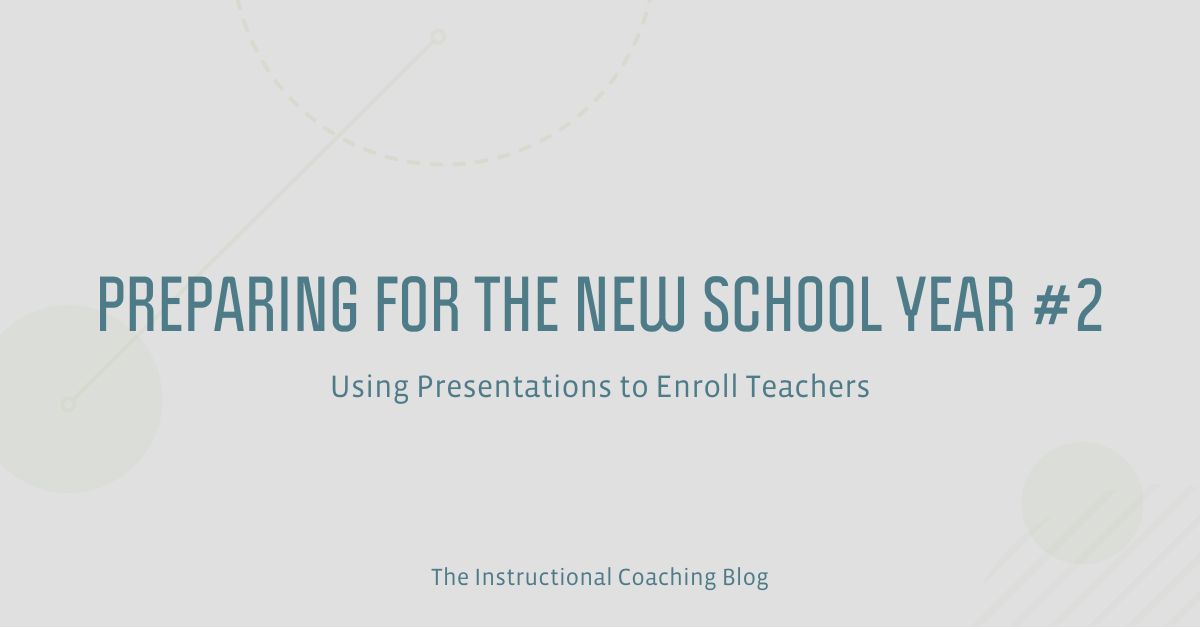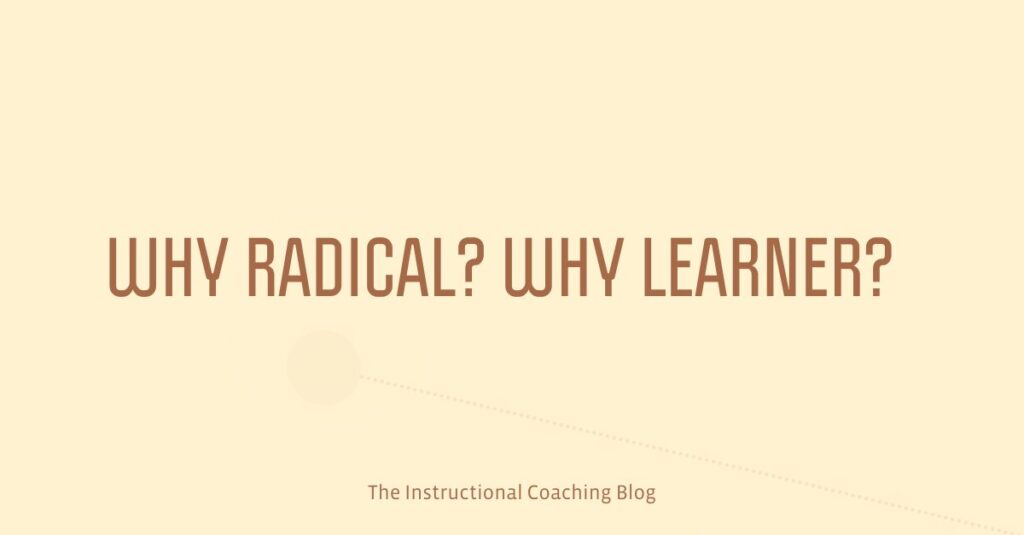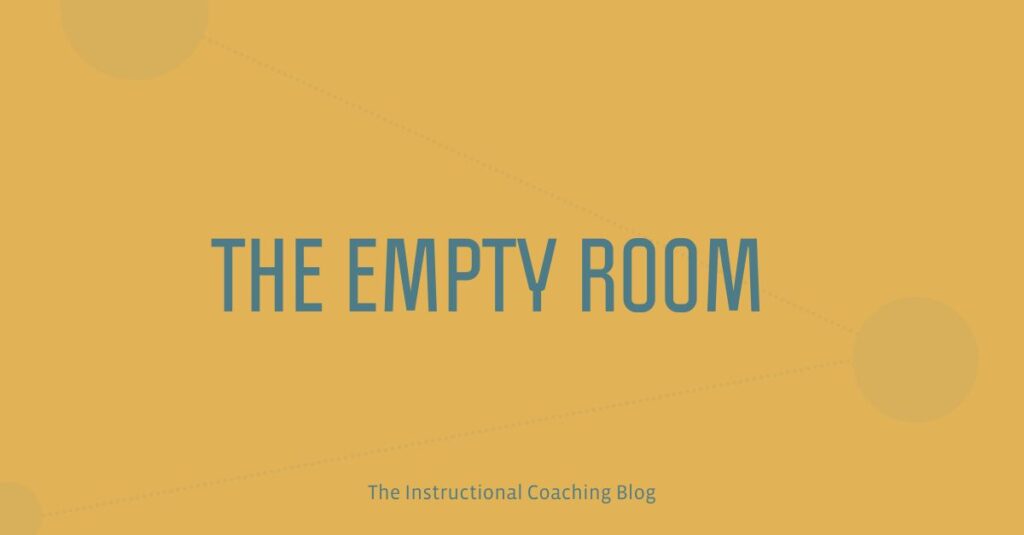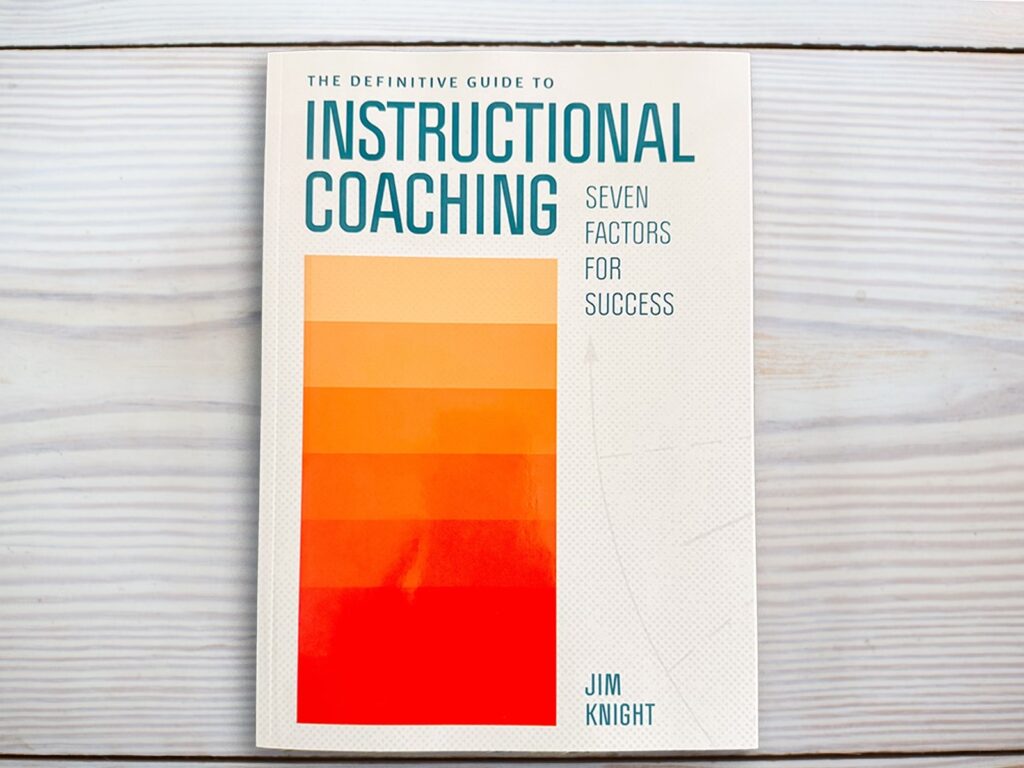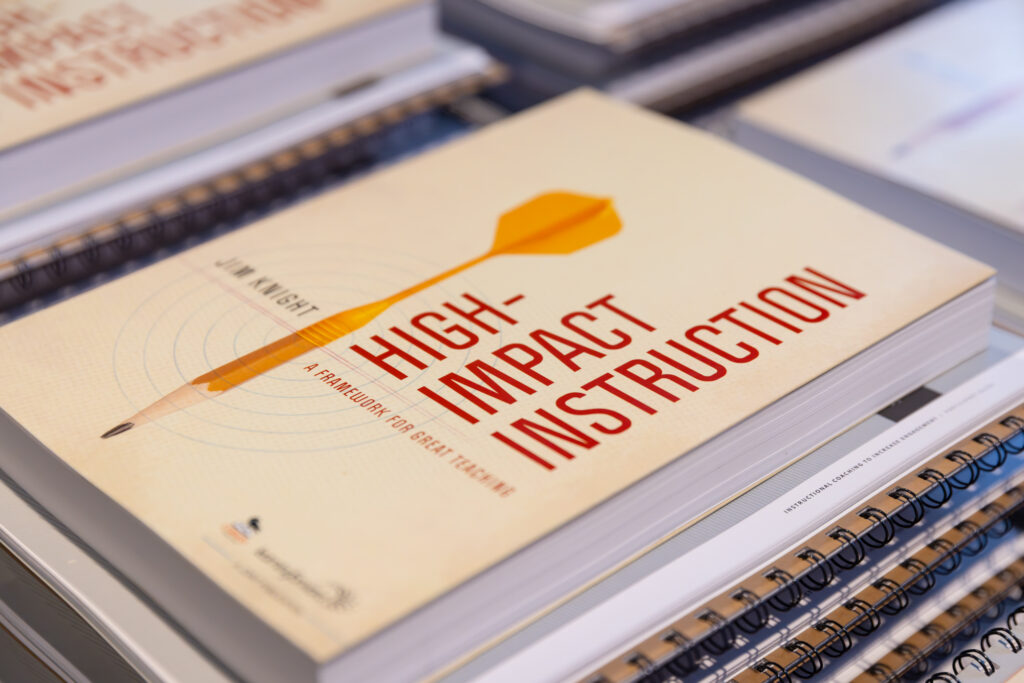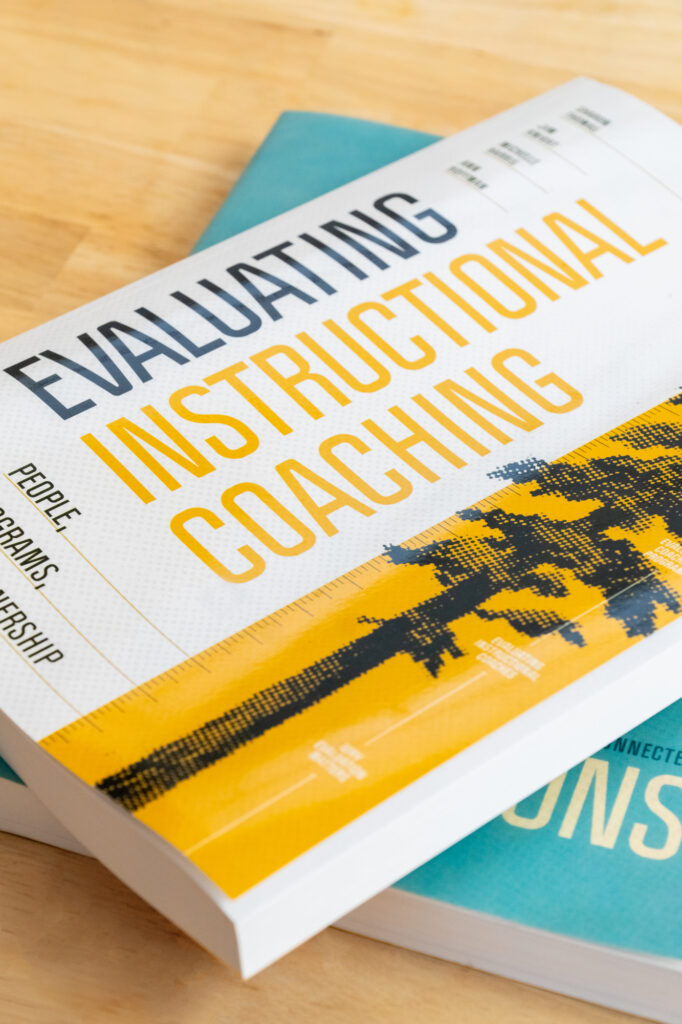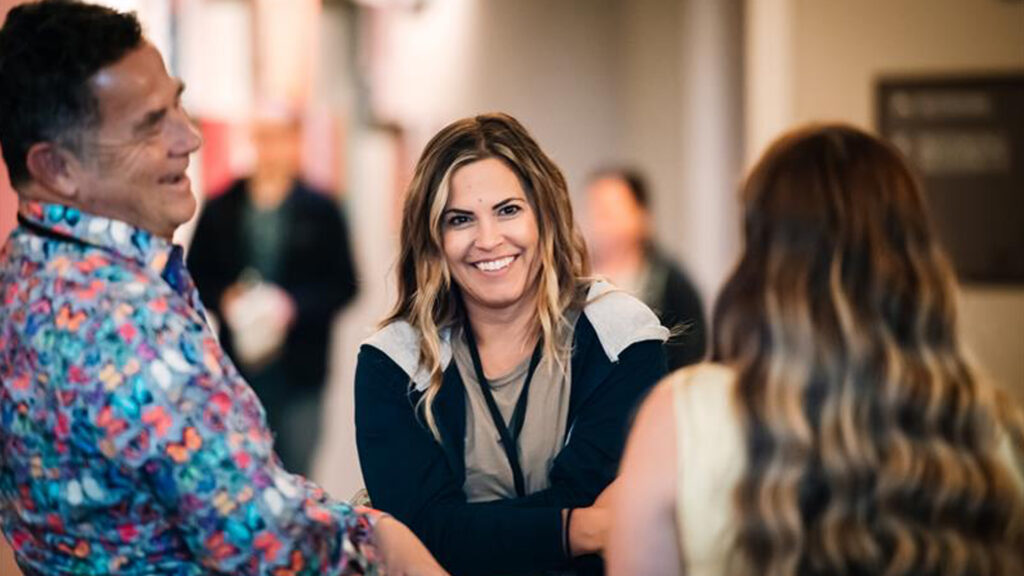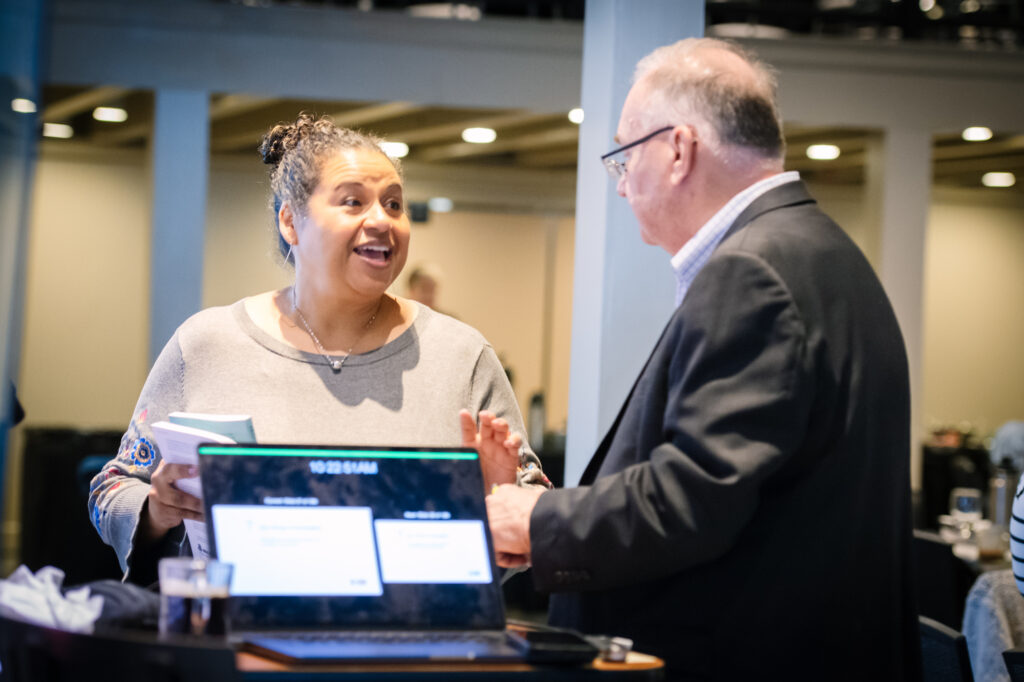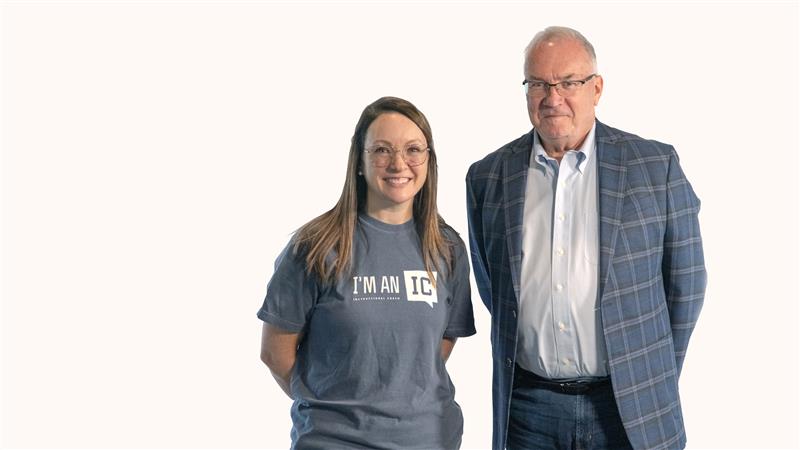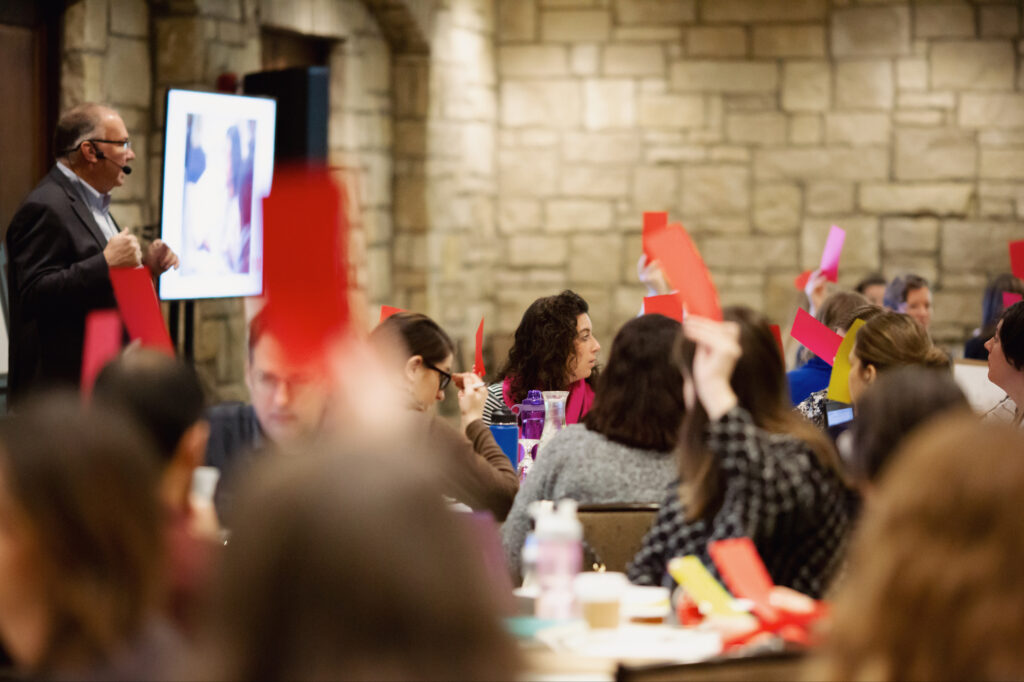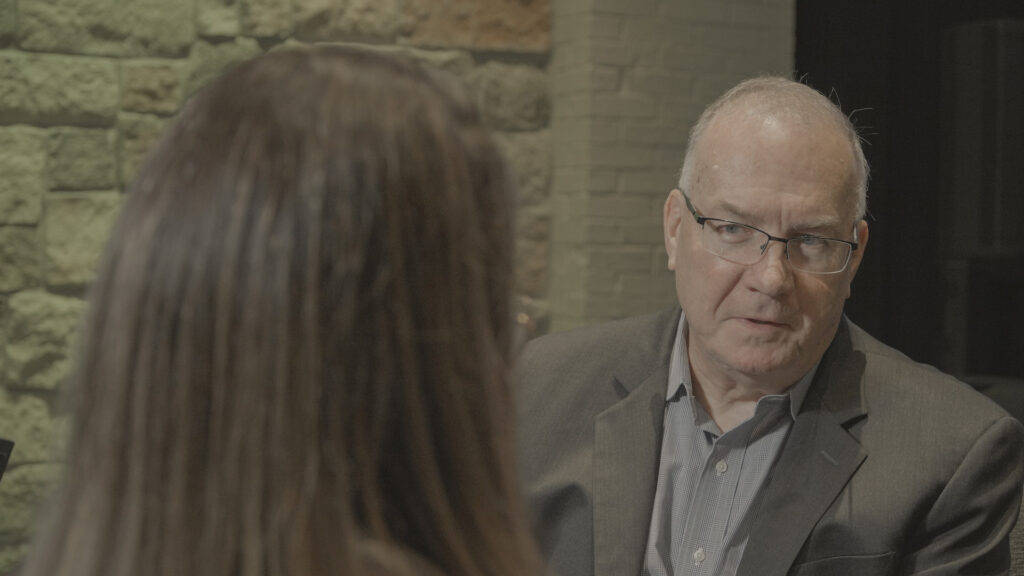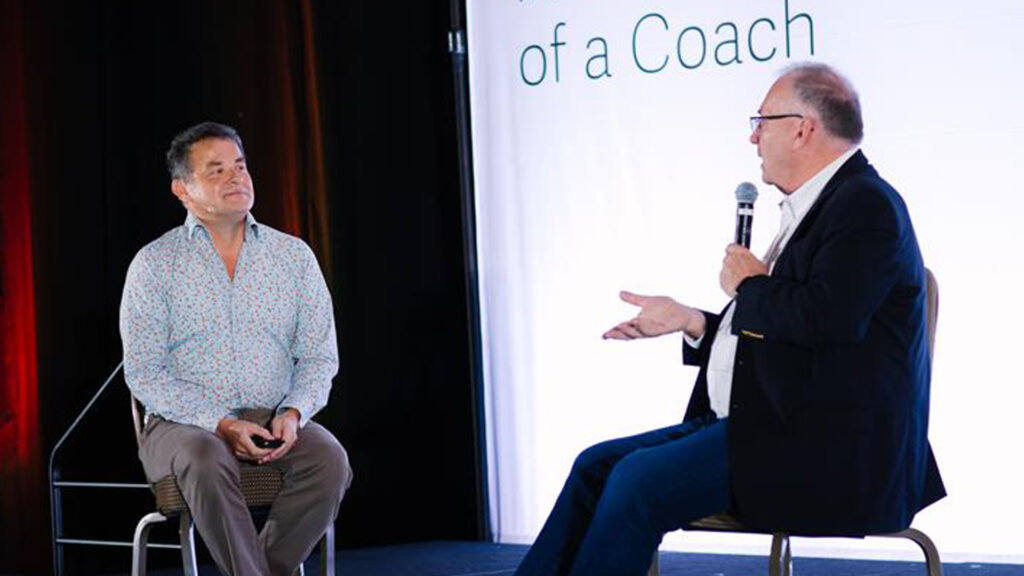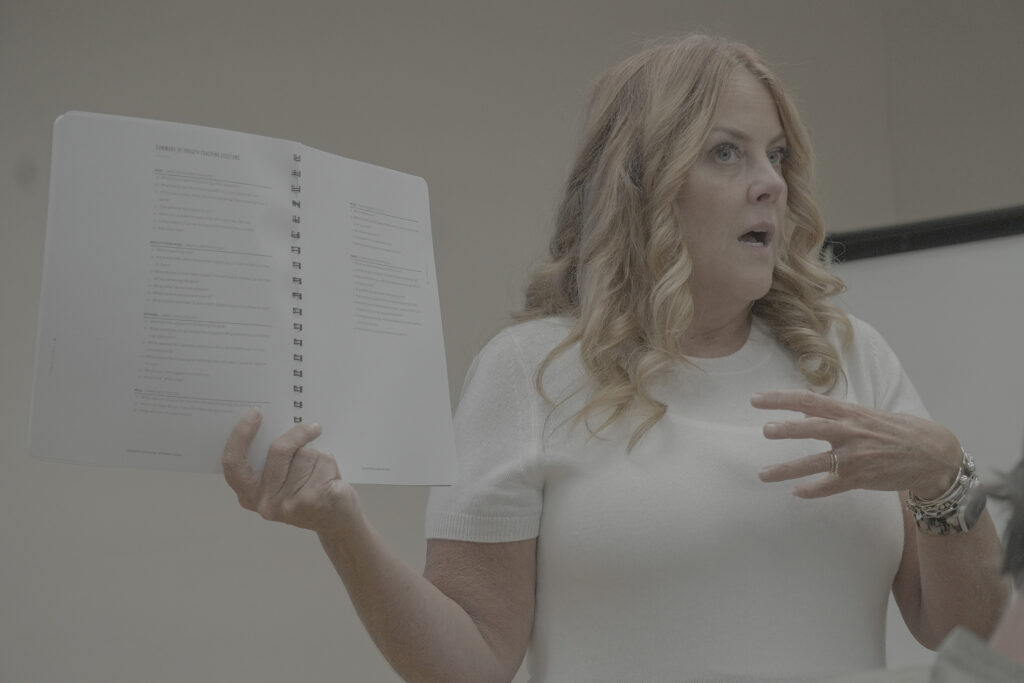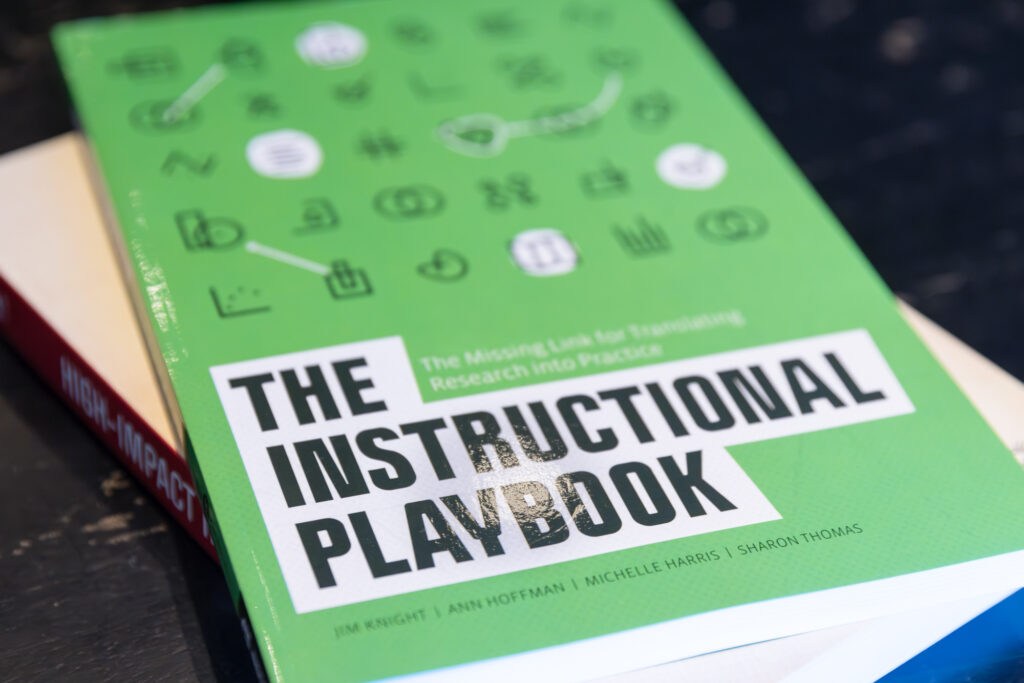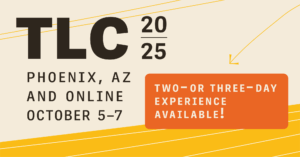It’s officially August, and the new school year is rapidly approaching!
One of the first things coaches often encounter is that some teachers are unsure what instructional coaching actually is or that they harbor misconceptions about the process. The first post in this series provided an overview of a few effective strategies for enrolling teachers in instructional coaching, and in this post, we will take a closer look at how using presentations can be a powerful tool in communicating the impact instructional coaching can have and provide an example of a successful presentation created by coaches from Sardis Elementary School in North Carolina.

Small- or Large-Group Presentations
While one-to-one conversations, workshops, and informal conversations throughout the year are great ways to enroll hesitant or reluctant teachers in coaching, these strategies generally only reach one teacher at a time and are specifically beneficial to address the unique concerns of individual teachers. Teachers are also sometimes quite secure in their status at school and enthusiastic about professional development. In these cases where a wider, less-individualized introduction to coaching is needed, a small- or large-group presentation can be very effective. Using this strategy, a coach can provide an engaging overview of the benefits of coaching and how it works as well as reach a larger number of teachers than if they were meeting one-to-one. These presentations should be short, concise, and provide a simple explanation of what coaching is. A one-page handout describing the instructional coaching process can also be helpful for this strategy.
Since clarity of communication can sometimes decrease in a group setting, it is absolutely essential to express a deep respect for teaching. This can be done through respectful comments, the message that coaching is adaptive and not compulsory, and the coach’s introduction to the teachers. First impressions matter, and unfortunately, coaching is sometimes framed as a corrective measure which can imply a level of disrespect for the teachers. A group presentation is a great opportunity to turn that around and emphasize a partnership approach that honors the teachers’ experience and autonomy. Whether a coach introduces themselves to the group or is introduced by an administrator or any other person, there should be a clear respect for the teachers and their work.
At the end of the presentation, coaches should distribute a simple form through which teachers can communicate if they would like to participate in coaching:
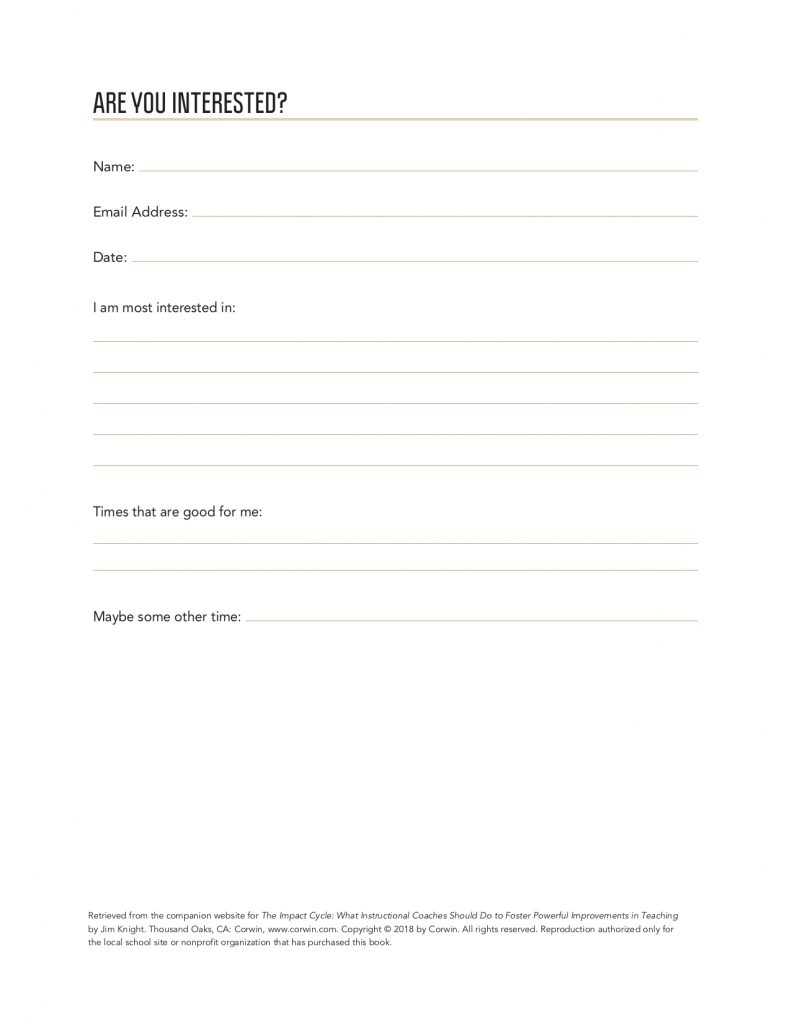
Using a form for teachers to fill out instead of asking them to reach out on their own has shown to dramatically increase enrollment. If it is left up to the teacher to email the coach if they are interested, it can severely limit enrollment (sometimes to zero). We have found that eliminating that extra step for teachers by making it simple to enroll immediately results in 25% to 75% of teachers signing up.
An example from North Carolina
Coaches Lesa Williams and Josephine Maness of Sardis Elementary School in Union County, North Carolina have recently used this type of presentation to enroll teachers in coaching at their school, and the results were particularly positive.
To communicate their deep respect of the teachers’ expertise right off the bat, Williams and Maness began their presentation by using surgeon and writer Atul Gawande as an example. They provided each table in the room with a list of Gawande’s credentials and accomplishments and asked them to reflect on them. Most in the group mentioned that he seemed to be at the top of his field and expressed a strong confidence in his abilities. Then the coaches showed a piece of the following clip of Gawande discussing the benefits of coaching (The first two minutes of the clip contain graphic images. Skip to 7:10 for Gawande’s personal experience with coaching):
“The main thing we wanted to communicate was that you can benefit from a coach even if you’re already an expert,” said Maness. This simple act of providing an example of a highly renowned surgeon utilizing coaching to make sure that he never plateaus and always keeps learning helped illustrate that the coaches were not there to criticize or keep tabs on the teachers, but to help them continue to hone their expertise.
The coaches then described what their role would be with the teachers and showed video testimonials from teachers who had experienced the coaching process with them. “Instead of just showing teachers saying, ‘Oh, they’re so wonderful,’ we asked them to be very real,” said Maness. In the testimonials, the teachers discuss their initial feelings of reluctance before going on to talk about the ways in which coaching has helped them and made an impact in their classroom. “They realized that it was truly a thinking partnership and that we didn’t claim to have all the answers, but were willing to dig in and do the work with them to figure out what was going to work,” said Williams. Including these testimonials communicates a level of awareness and understanding of the teachers’ experience throughout the process and helps foster a respectful and effective partnership with the coach.
After their presentation, Williams and Maness sent out a survey asking if the teachers were interested in coaching. The answer was a resounding “Yes!” All of the teachers in the group expressed a genuine interest in the process and excitement for the possibilities for impact that coaching can bring.
…
For more coaching tools, check out the Resources page of our website!
Have your own experience using presentations to describe instructional coaching and enroll teachers? Leave a comment below!
